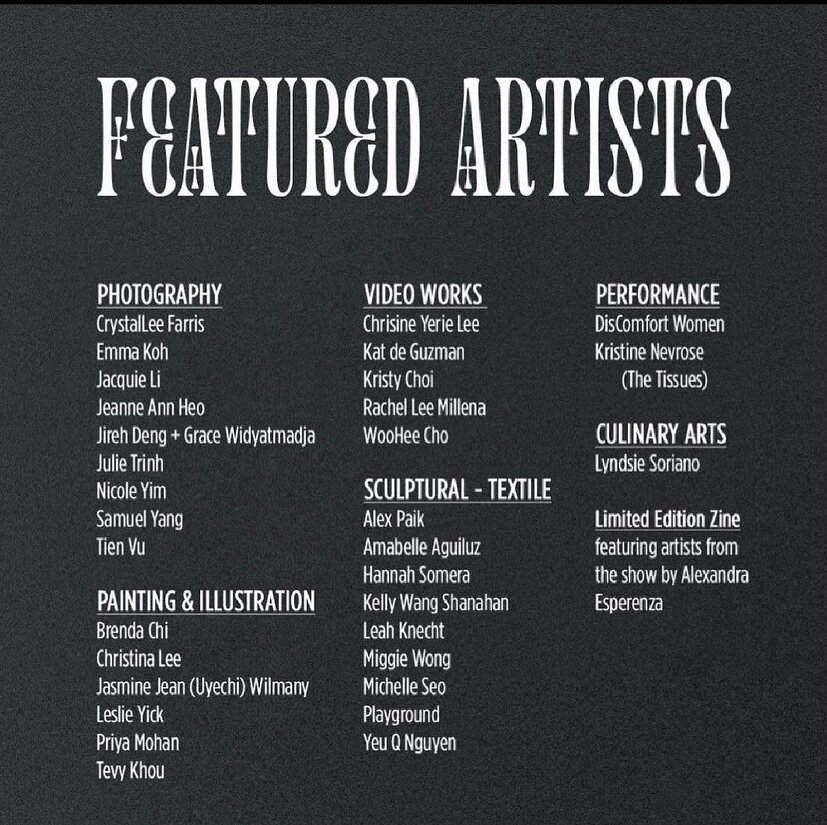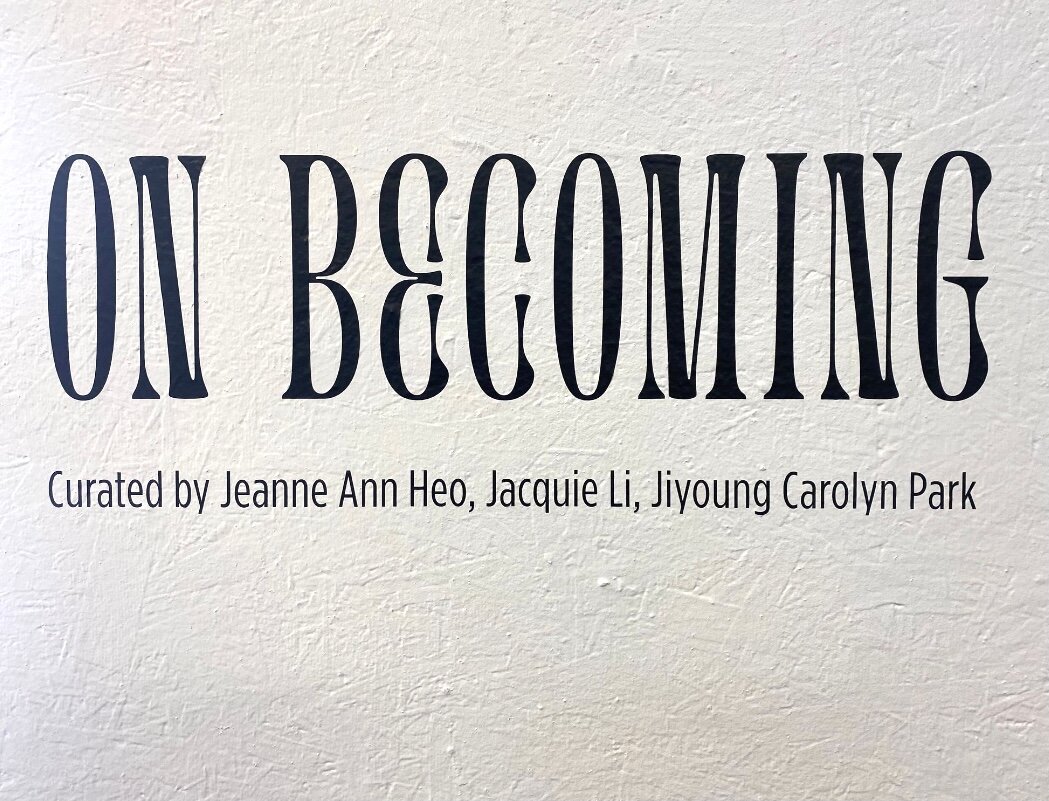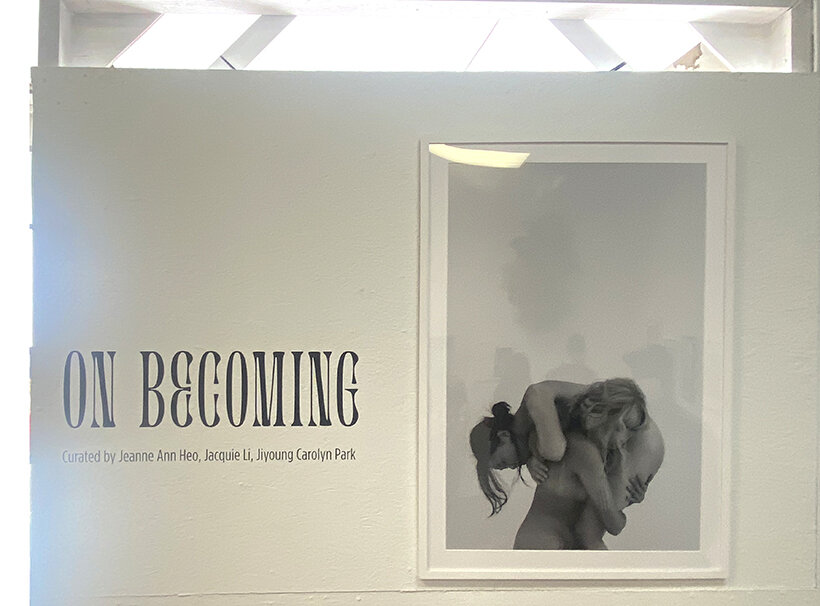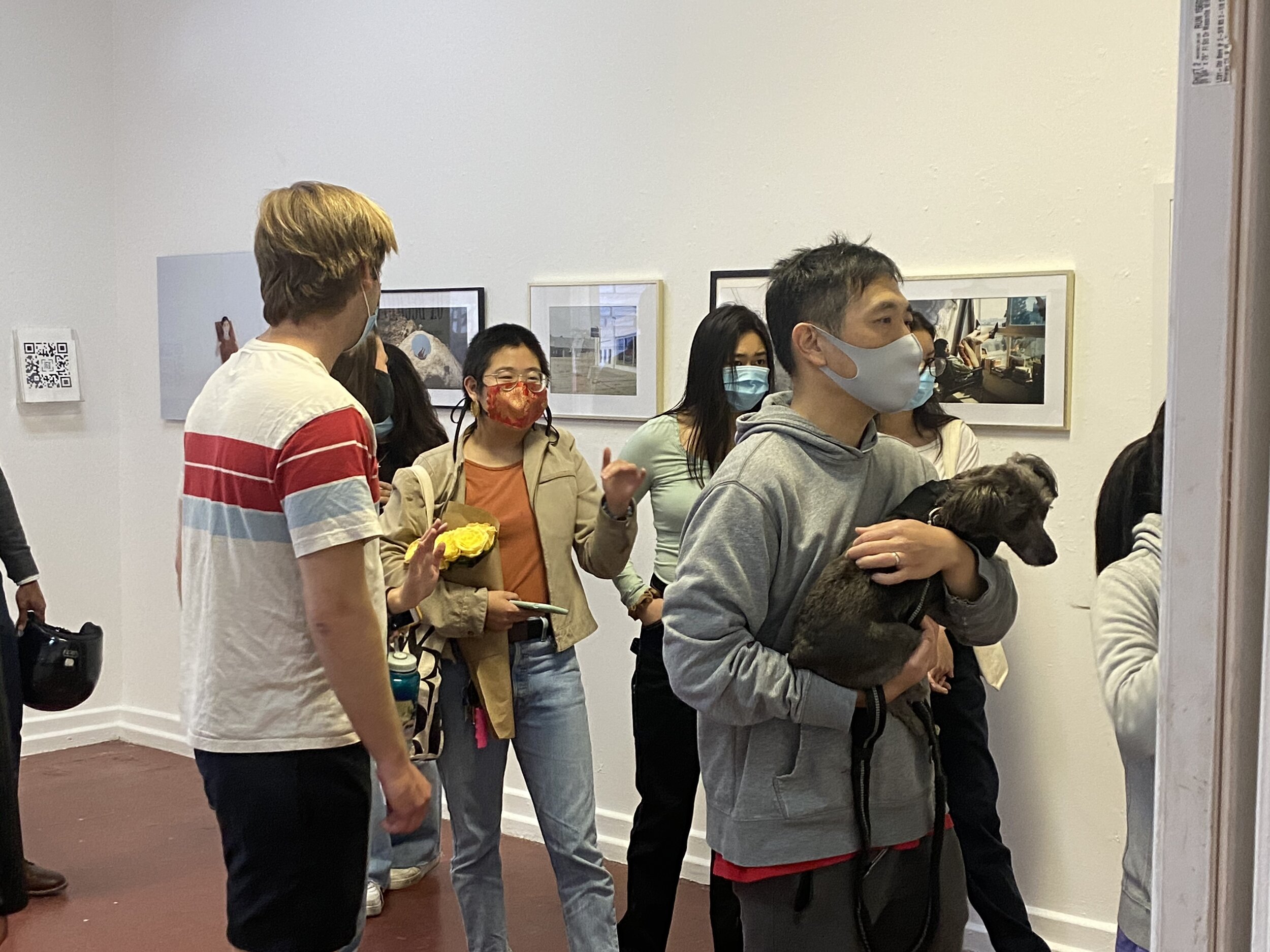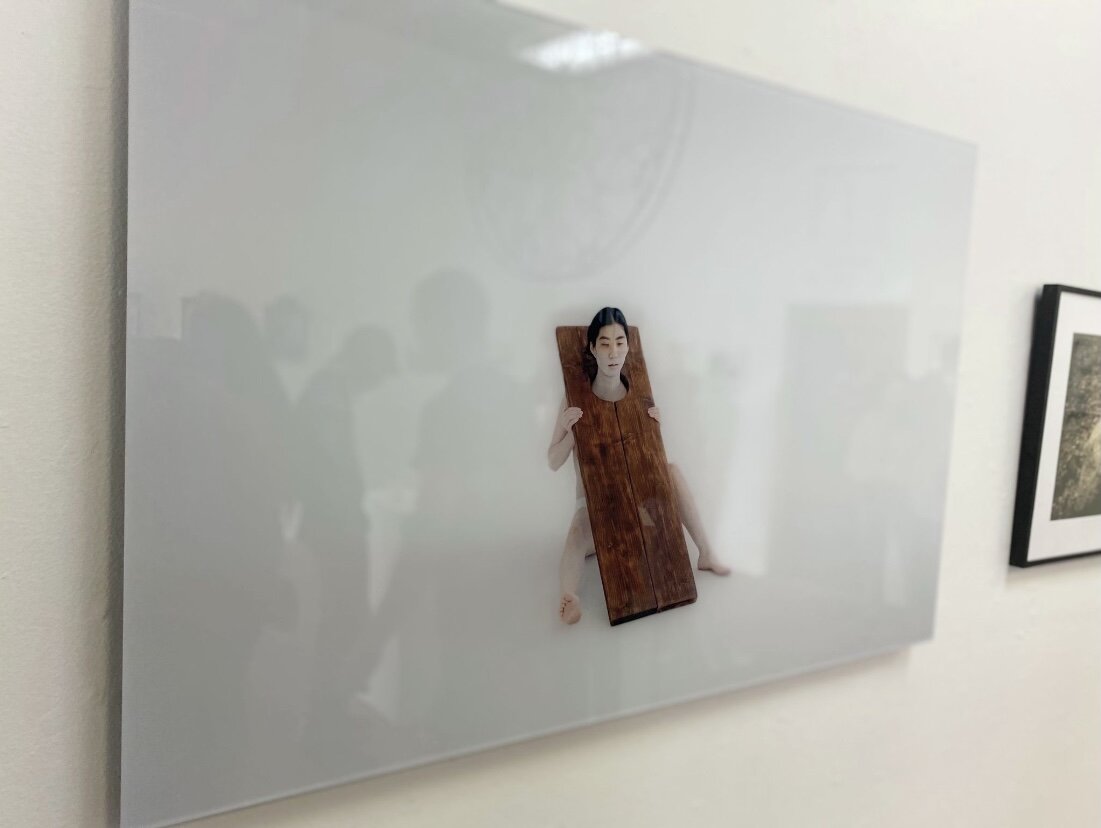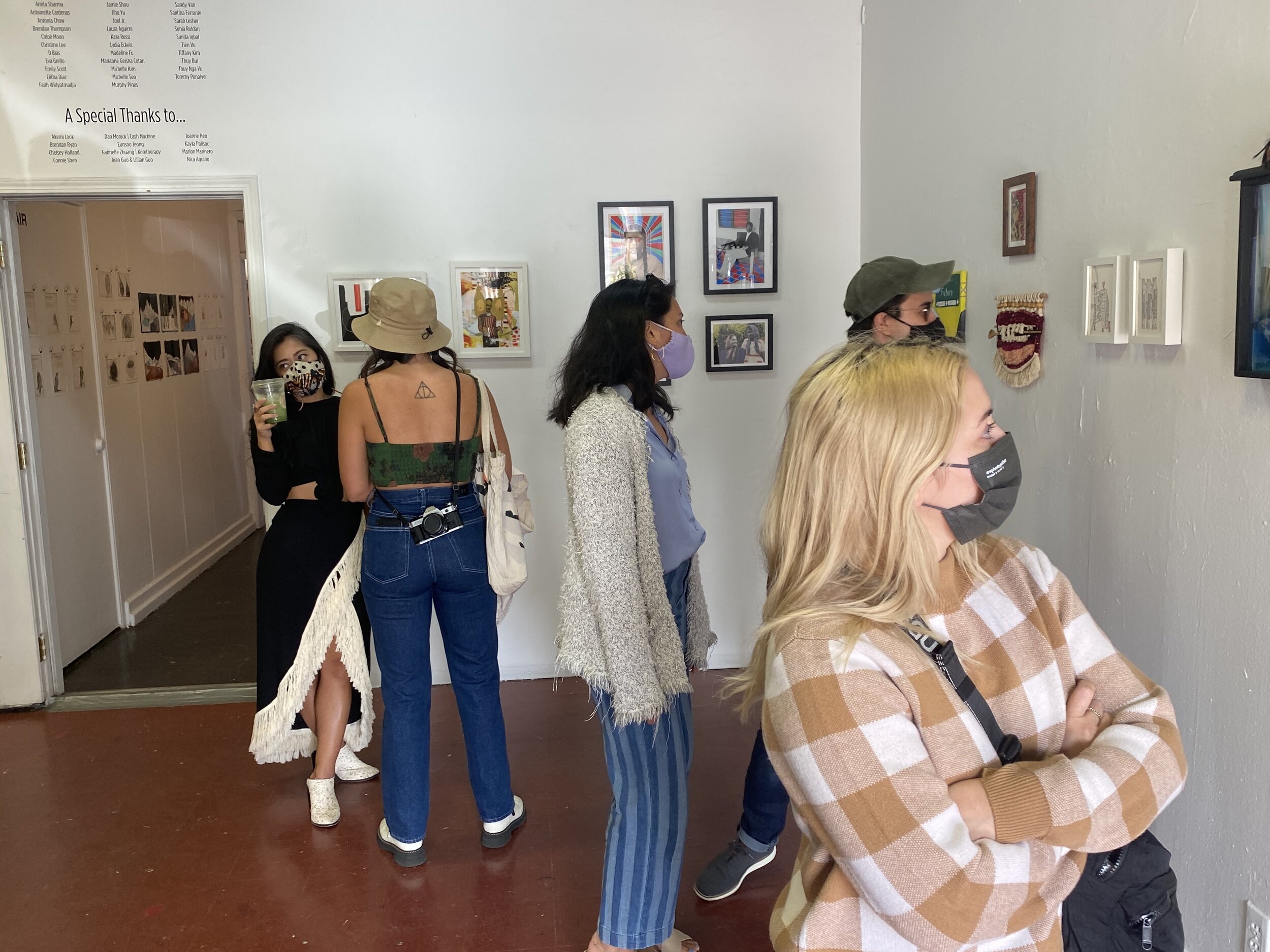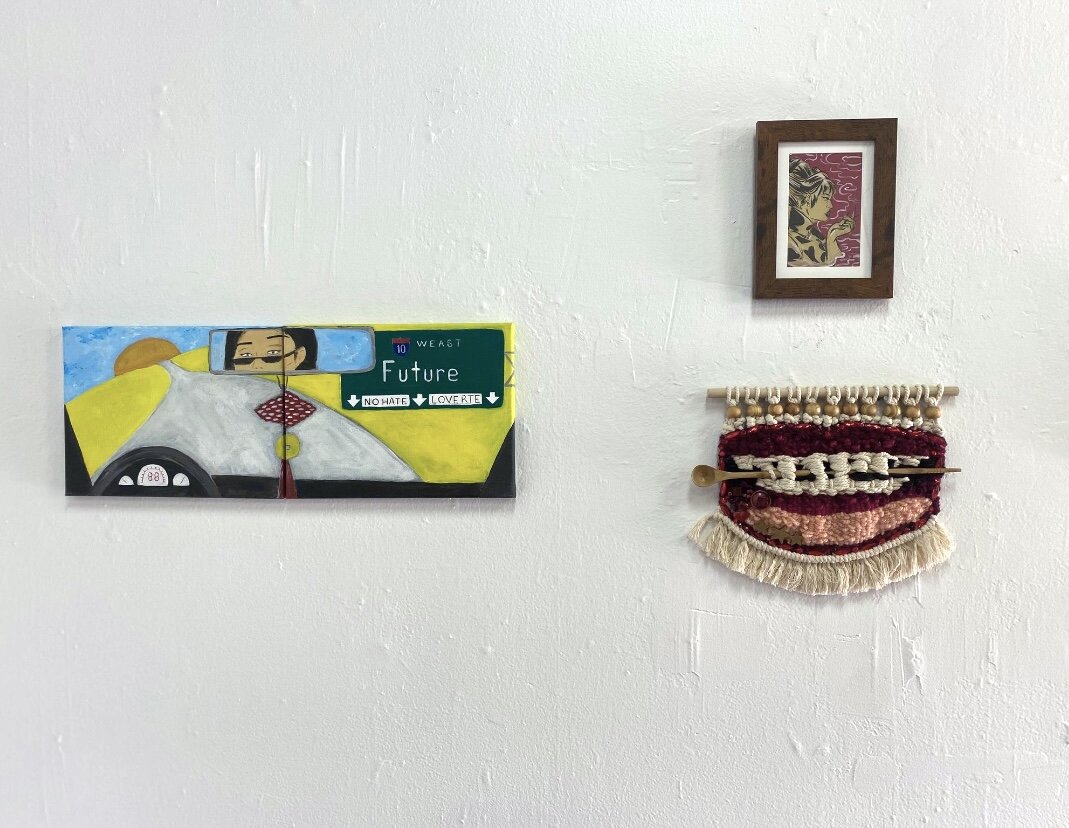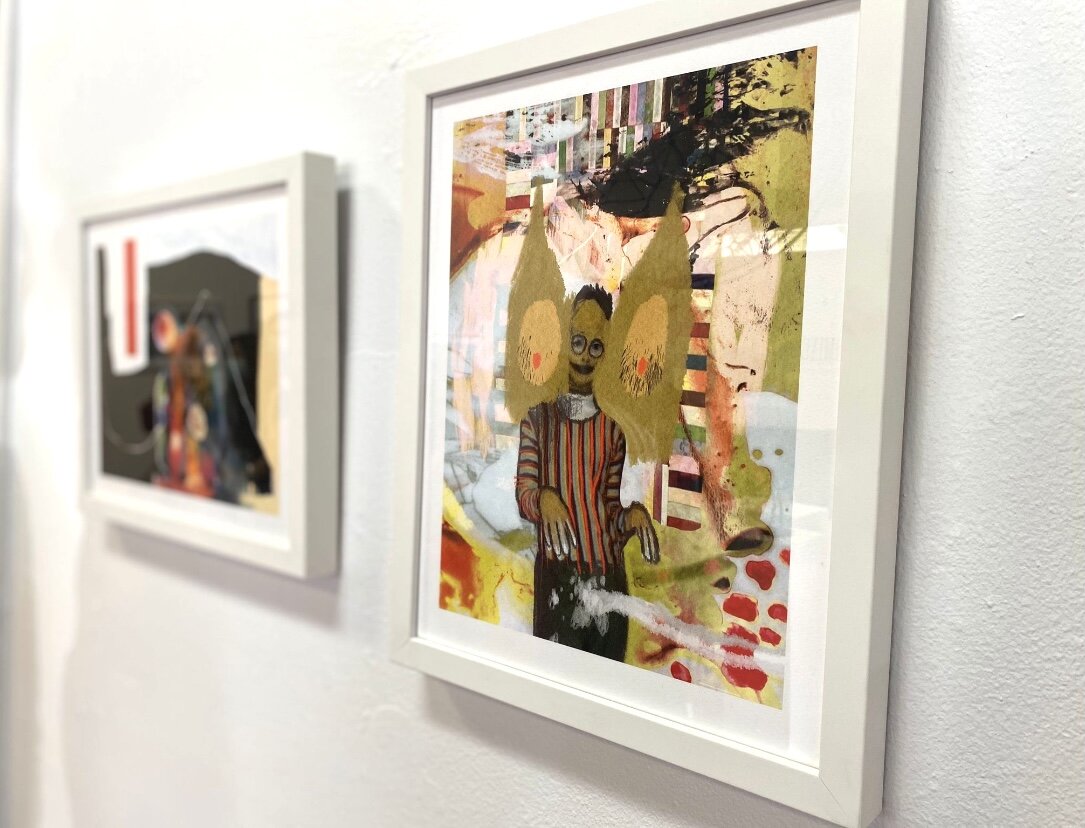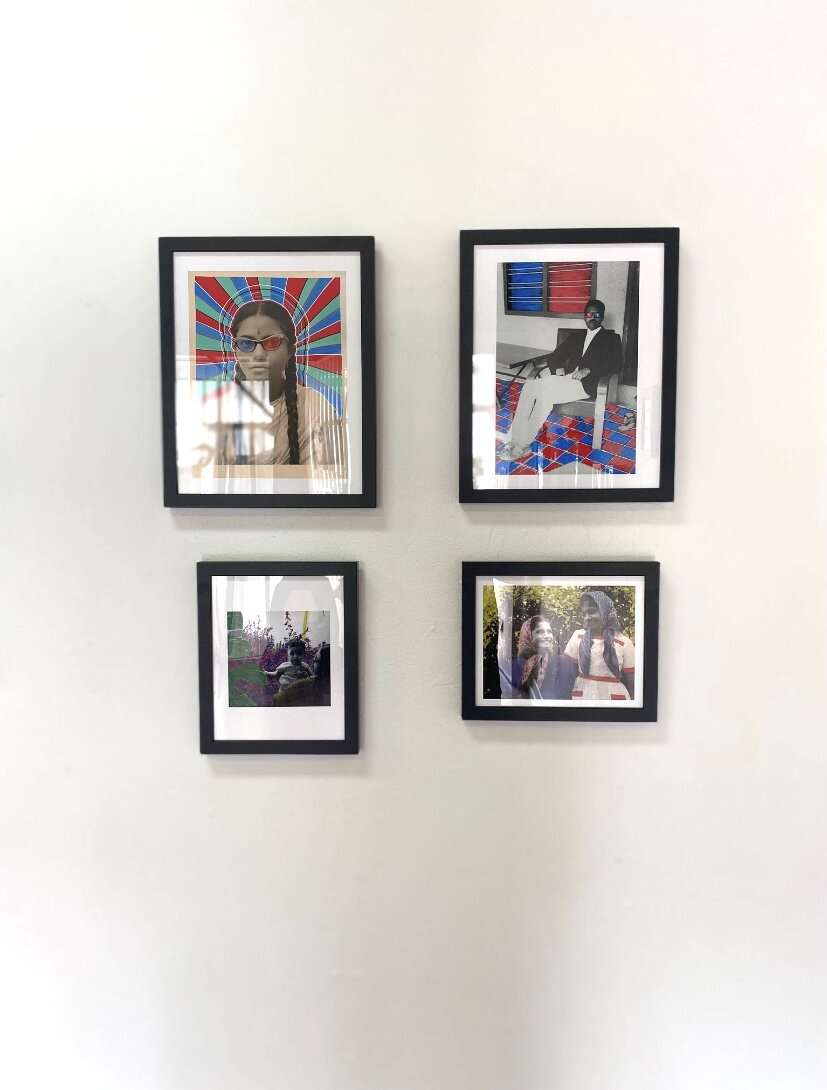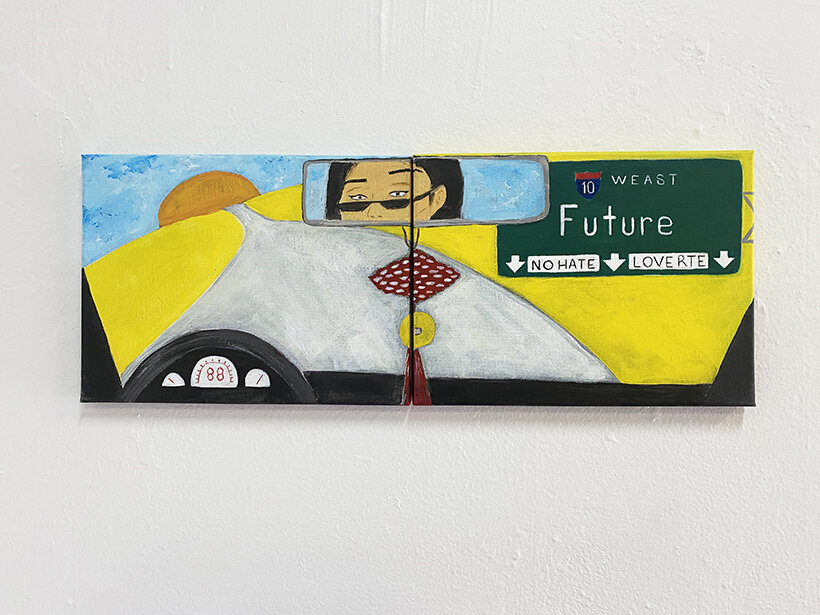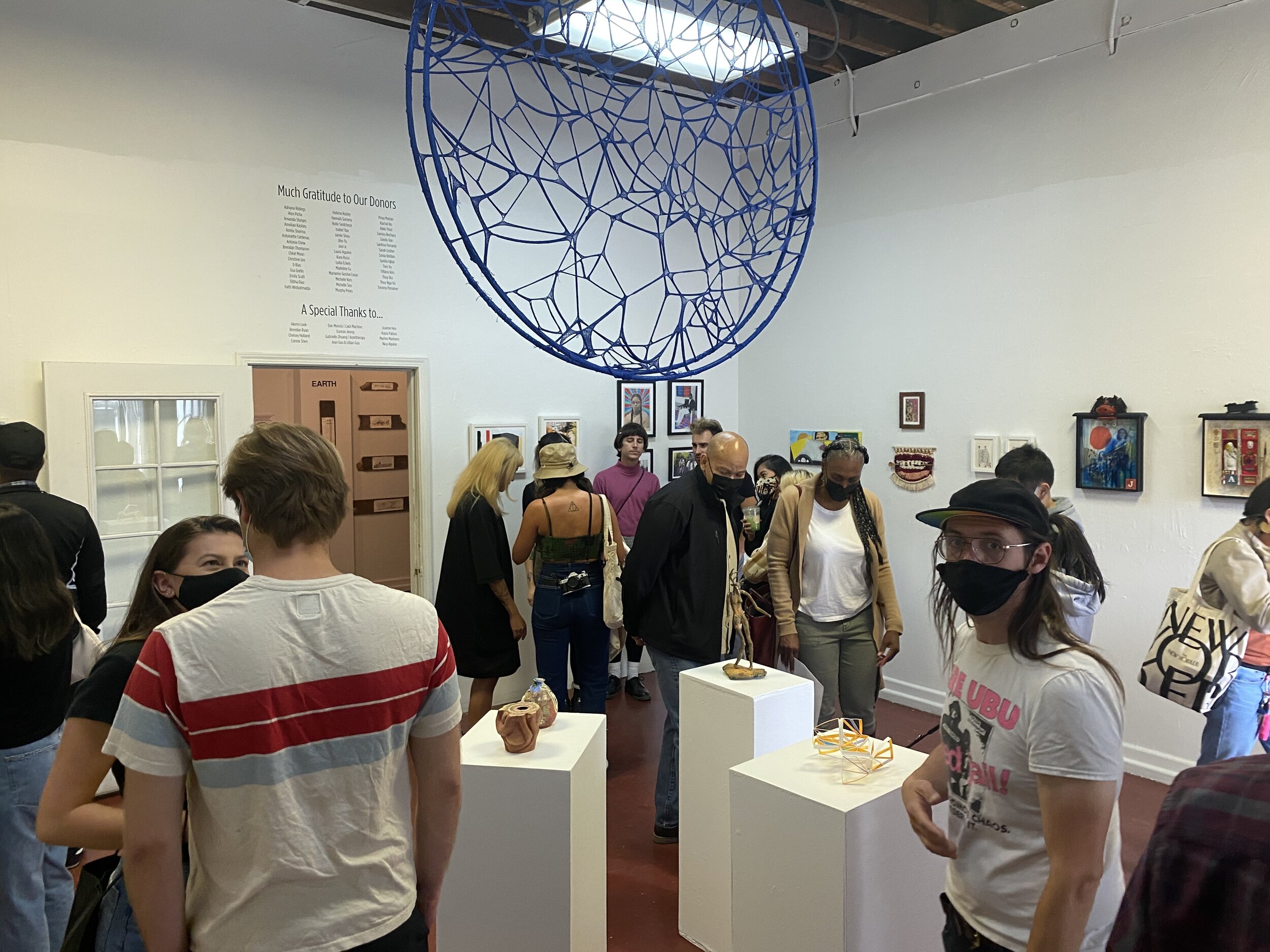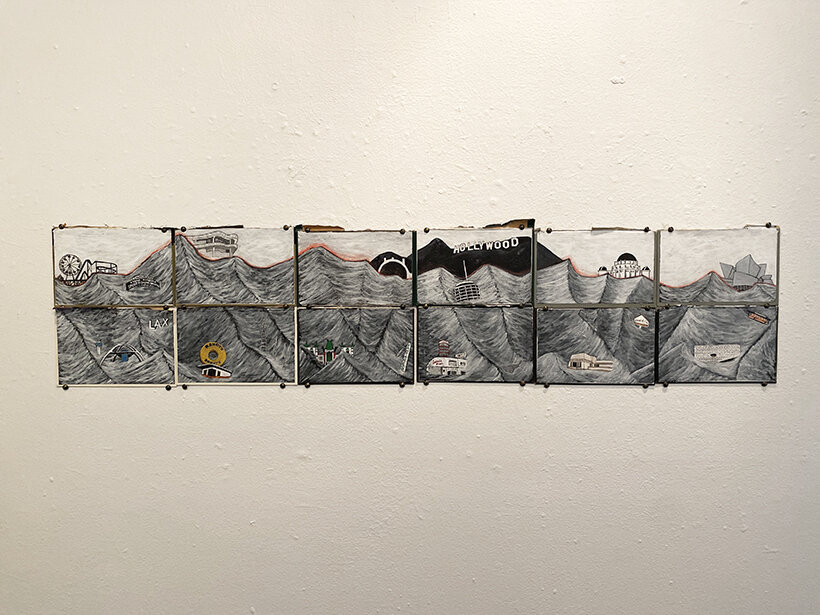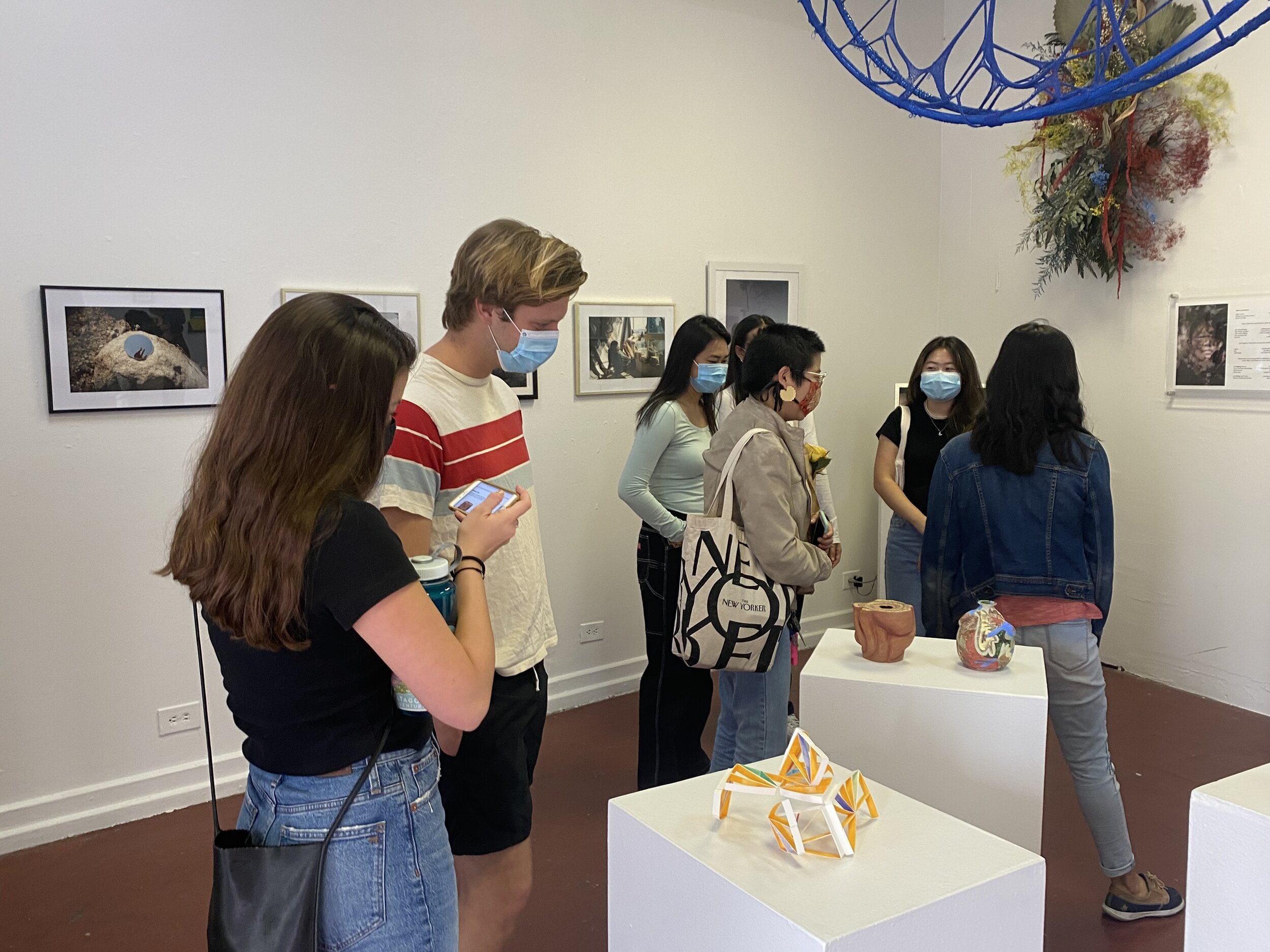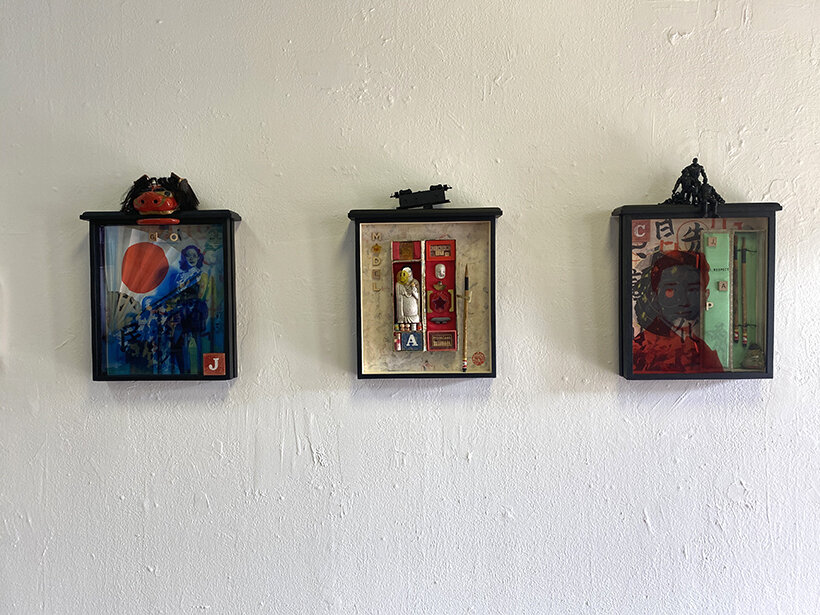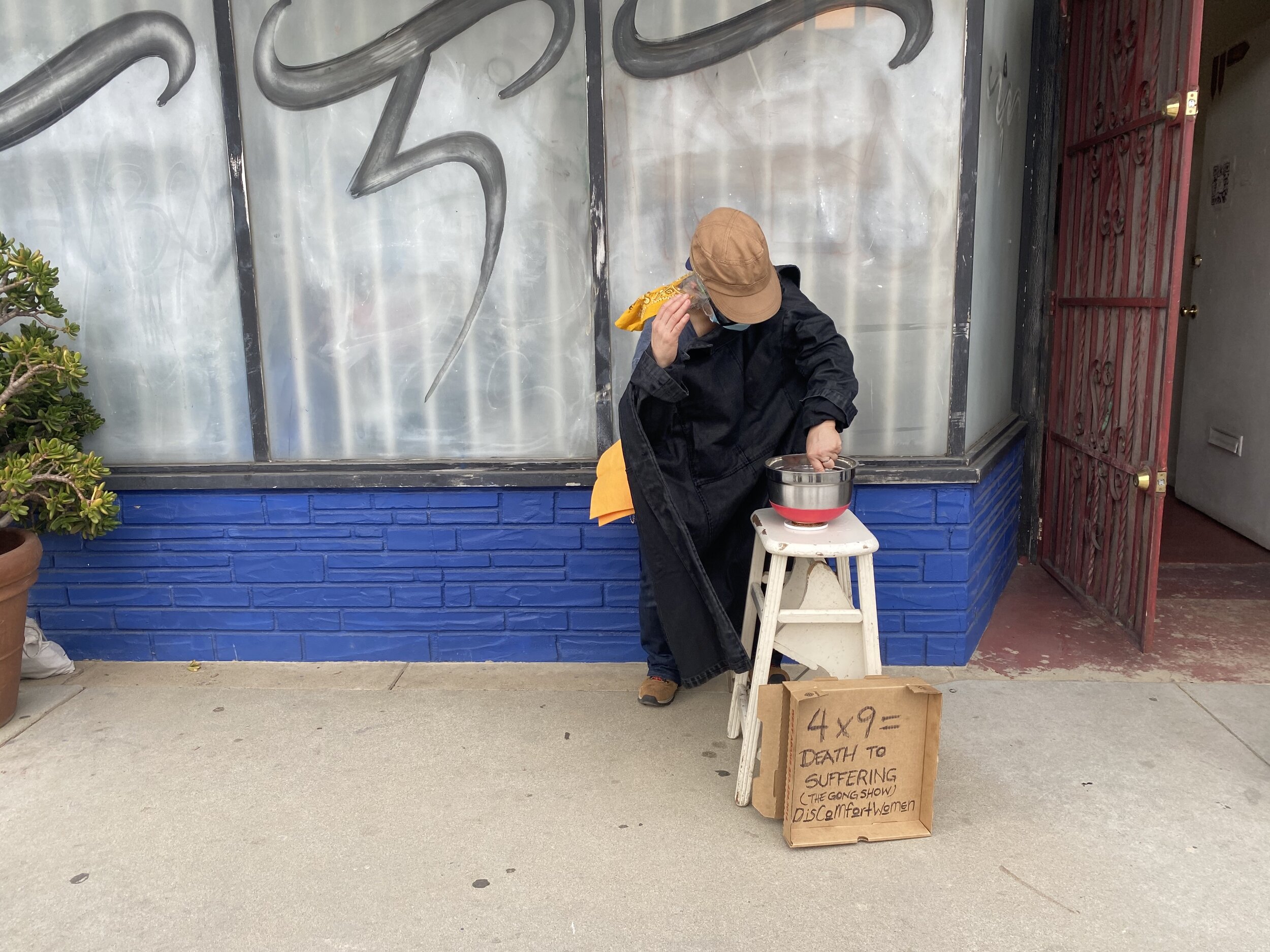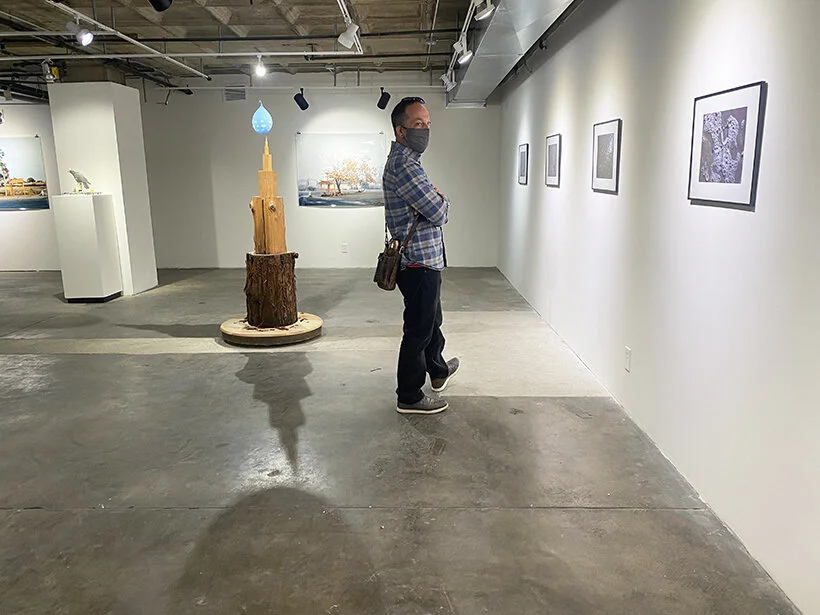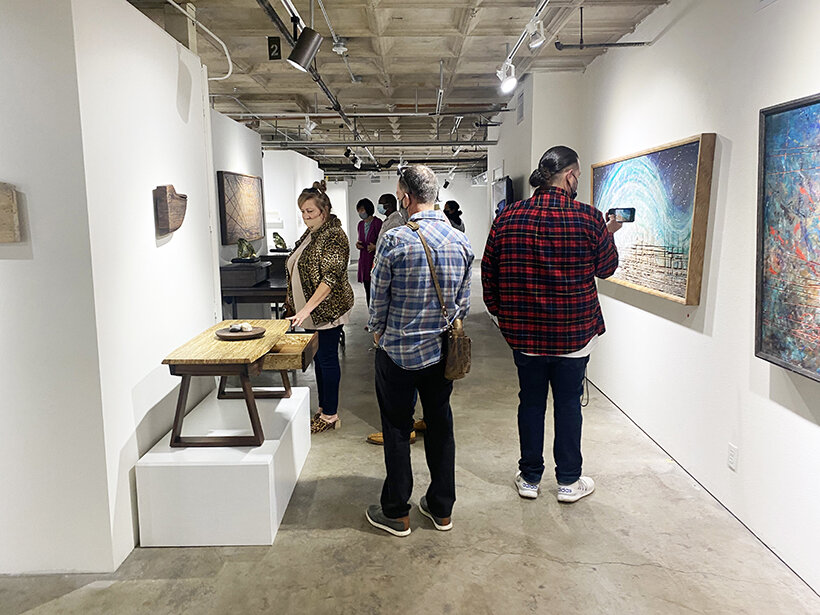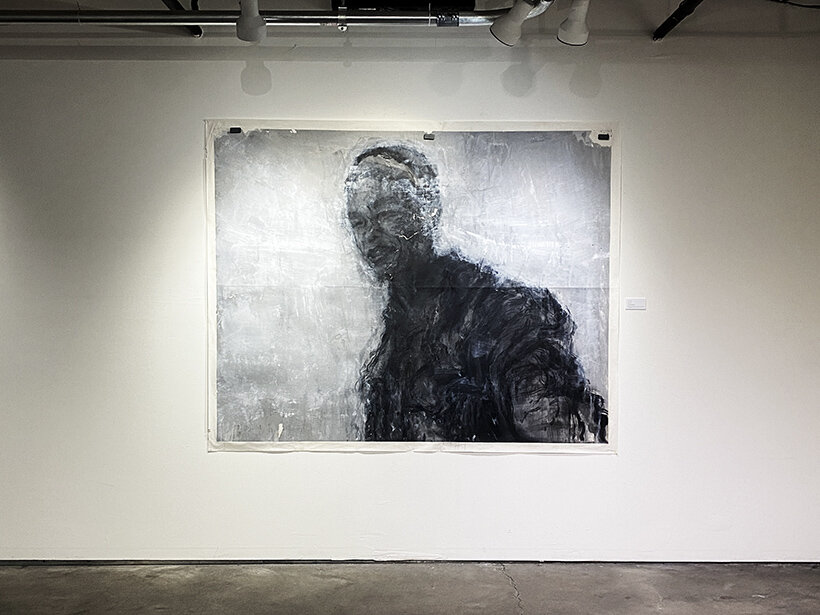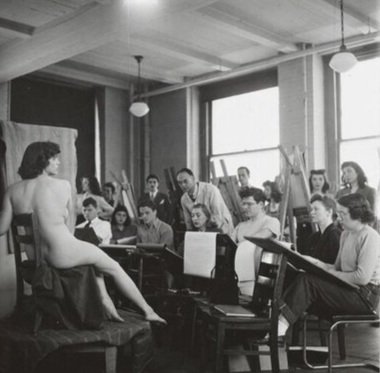Recap: On Becoming, an Exhibition Presented by Proud Asian Women on View at Avenue 50 Studio
Introduction & Photos Julian Lucas
The Exhibition “On Becoming”, presented by Proud Asian Women+ explores prejudices and discrimination and increased violence towards Asian Americans and Pacific Islanders, especially women. Through multidisciplinary artistic focus, each artist draws in the viewer to challenge and provide an alternative way we see. The included exhibition consisted of, photographic studies, sculpture-textile, mixed media, poetry. The exhibit is on view at Avenue 50 Studio in Highland Park. On Becoming runs through June 12th, 2021.
ABOUT
“All this time I told myself we were born from war—but I was wrong, Ma. We were born from beauty. Let no one mistake us for the fruit of violence—but that violence, having passed through the fruit, failed to spoil it.” Ocean Vuong, On Earth We’re Briefly Gorgeous
Proud Asian Women+ is honored to present “On Becoming” a multidisciplinary group show exploring the radical acts of simply being seen and becoming free.
A longstanding history of xenophobia in America has kept the voices of Americans from the Asian and Pacific Islander diaspora pushed to the margins. Racist tropes and narrow representation have shaped the American consciousness and the psyches of Asian American Pacific Islander (AAPI) women. The hateful and scapegoating rhetoric of the past four years under the Trump administration stoked a 150% increase in hate crimes against Asian-Americans, which led up to the racially motivated mass murder of six Asian women by a white supremacist on March 16, 2021. AAPI women have one of the highest depression and suicide rates of all racial ethnic groups in the US and yet are 3x less likey to seek help than white Americans. Despite this lack of representation, Americans from the Asian and Pacific Islander diaspora have continued to break through harmful stereotypes and defy old assumptions of agency.
“On Becoming ” is a 4-week exhibition coinciding with Mental Health Awareness Month, Asian-American Pacific Islander Heritage Month, and LGBTQ Pride Month. We asked artists to examine our occupation of liminal spaces, in which we are invisibilized or subject to the white gaze or male gaze, and what it means to become free – mentally, physically, and spiritually. The show challenges viewers to see us in all of our complexity and stand in solidarity with us until we all get free…together..
Proud Asian Women+ is a community-based collective that supports Asian-American creative expression as forms of radical healing, advocacy, and joy.
Julian Lucas, is fine art photographer, photojournalist, and creative strategist. Julian also works as a housing specialist which, includes linking homeless veterans to housing. Julian has lived in Chicago, Inglewood, Portland, and the suburbs of Los Angeles County including Pomona.


